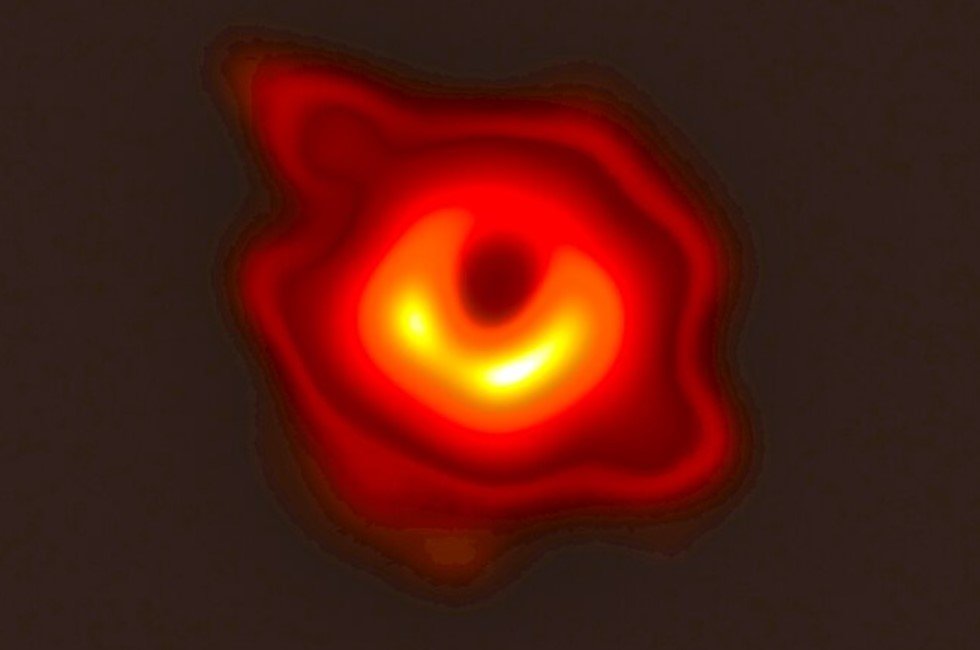In a groundbreaking discovery, scientists from the Massachusetts Institute of Technology (MIT) and the California Institute of Technology (Caltech) have identified the first-ever black hole triple system. This unprecedented finding challenges existing theories on black hole formation and opens new avenues for understanding these enigmatic cosmic entities. The discovery, made while exploring astronomical data, showcases the intricate dynamics of celestial bodies interacting with one another.
Breaking New Ground in Black Hole Research
The collaboration between MIT and Caltech researchers led to the observation of a unique black hole triple system centered around V404 Cygni, a well-studied black hole located approximately 8,000 light-years from Earth. This system comprises a central black hole consuming a nearby star that orbits it every 6.5 days, while a distant star completes its orbit every 70,000 years. The meticulous analysis revealed two distinct light sources near V404 Cygni, prompting further investigation into this rare configuration.
- Central Black Hole: Actively accreting matter from a nearby star with a short orbital period.
- Distant Star: Orbits the central black hole over an extended period, indicating gravitational stability.
- Discovery Method: Utilized data from Aladin Lite and Gaia satellite observations to confirm the system’s uniqueness.
The synchronized movement of both stars, verified through data from the Gaia satellite, underscored the improbability of this arrangement occurring by chance, estimated at one in ten million. This synchronization provided compelling evidence for the existence of the triple system, marking a significant milestone in astrophysical research.

Challenging Traditional Black Hole Formation Theories
Traditionally, black holes are believed to form from the catastrophic collapse of massive stars during supernova explosions. However, the newly discovered triple system suggests an alternative formation mechanism known as “direct collapse.” This gentler process implies that the black hole may have formed without a violent supernova, maintaining the gravitational balance necessary for the distant star to remain in orbit.
Implications of Direct Collapse:
- Formation Process: Bypasses the explosive supernova phase, leading to a more stable black hole environment.
- Stellar Interaction: Allows for the presence of distant stars without disrupting the system’s integrity.
- Theoretical Impact: Forces scientists to revisit and revise existing models of black hole genesis.
The presence of the distant star in this system provides crucial insights into the conditions required for direct collapse, offering a new perspective on the lifecycle of massive celestial bodies.
How the Discovery Happened
The discovery of the black hole triple system was serendipitous. While combing through the Aladin Lite database, the research team was initially searching for new black holes within the Milky Way galaxy. Their meticulous examination led to the identification of two separate light sources near V404 Cygni, an anomaly that warranted deeper investigation.
Discovery Process:
- Initial Search: Focused on identifying new black holes using Aladin Lite observations.
- Anomalous Findings: Detected two distinct light sources around V404 Cygni.
- Data Verification: Utilized Gaia satellite data to confirm synchronized stellar movements.
This accidental find underscores the importance of comprehensive data analysis in astronomical research, where unexpected discoveries can significantly advance our understanding of the universe.
What Lies Ahead for Black Hole Research
The confirmation of a black hole triple system paves the way for further studies into the dynamics and formation of such complex systems. Researchers plan to conduct detailed simulations to explore the stability and evolution of these systems, providing deeper insights into the forces at play.
Future Research Directions:
- Simulation Studies: Model the gravitational interactions within triple systems to predict their long-term behavior.
- Observational Campaigns: Use advanced telescopes to identify and study more triple systems.
- Theoretical Development: Refine black hole formation theories to incorporate direct collapse mechanisms.
This discovery not only challenges existing theories but also ignites curiosity and enthusiasm within the scientific community, promising exciting developments in the field of astrophysics.
















